Ultimate Guide to AI Pest Identification Tools
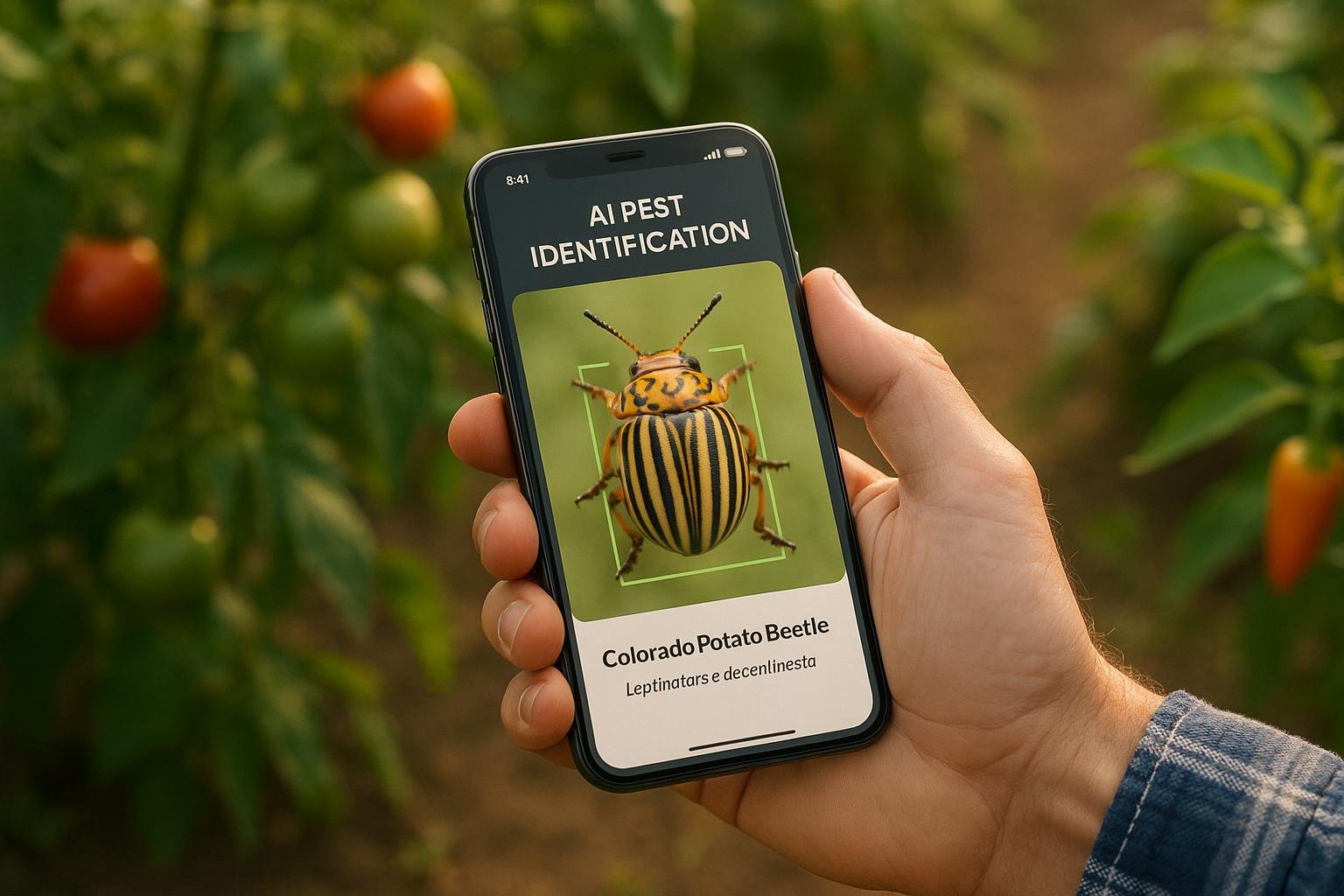
AI pest identification tools are reshaping how gardeners and farmers in the U.S. detect and manage pests. These systems use machine learning and computer vision to analyze data from cameras and sensors, offering faster, more accurate pest detection than traditional methods. With pests causing up to 40% of global crop losses annually and costing the economy billions, these tools provide a much-needed solution for reducing damage and improving crop health. Here's what you need to know:
- How they work: Tools like Trapview and FarmSense use cameras, sensors, and AI to identify pests and predict outbreaks.
- Benefits: Save time and money, reduce pesticide use by up to 90%, and enable early detection with accuracy rates of 70–98%.
- Accessibility: Affordable options like mobile apps make pest management easy for everyone, from home gardeners to large-scale farmers.
These tools are transforming pest management by providing instant, precise insights that help users protect their plants effectively.
AI Garden Pest Identifier - Solve Your Pest Problem Instantly!

How AI Pest Identification Tools Work
AI pest identification tools tackle agricultural threats by blending machine learning, deep learning, and computer vision. These systems replace the manual process of pest identification with automated, highly accurate methods, offering crucial support for crop protection. Let’s dive into the key technologies and processes behind these tools.
The Technology Behind AI Pest Tools
At the heart of AI pest identification tools are convolutional neural networks (CNNs), which analyze visual data to differentiate pests based on their unique characteristics[4]. When a photo is uploaded, the system scans for specific markers - like discoloration, spots, or damage - on leaves, stems, fruits, or soil that might be overlooked by the human eye[6].
Object detection is another critical component. It pinpoints and categorizes relevant features in the image while ignoring irrelevant backgrounds[6]. A notable example comes from Tamil Nadu Agricultural University (TNAU), where researchers developed a mobile app to identify fall armyworm infestations in maize. Their app demonstrated impressive performance, achieving a validation accuracy of 93.47% and a training accuracy of 98.47%[4].
These systems rely on extensive training using labeled datasets that cover a broad spectrum of crop conditions. This preparation ensures accurate identification of pests or diseases, even when they appear in slightly different forms or under varying conditions[6].
Data Sources and Continuous Learning
The effectiveness of these tools depends heavily on robust datasets and their ability to learn continuously. High-quality, diverse training data is the backbone of AI pest identification. These datasets are built using insect images collected from sources like internet search engines, public databases, and photos taken with mobile devices, SLR cameras, or stationary traps[4]. To guide the AI’s learning process, data annotation is used to label relevant features in the images.
Before the images are fed into the system, they undergo preprocessing steps such as resizing, normalization, augmentation, and segmentation. These steps improve accuracy and prevent overfitting, ensuring the model performs well in real-world scenarios[4].
Continuous updates are essential for adapting to changes in pest behavior and appearance. For instance, climate change has led to pests spreading into new regions or altering their characteristics, making it crucial for models to evolve alongside these shifts[5]. Regular updates, often delivered through cloud-based systems, allow users to benefit from improved detection capabilities without manual intervention.
As the AI systems evolve, they incorporate new data to handle emerging pest species or changes in existing ones. Their performance is monitored using metrics like precision, recall, accuracy, F1-score, and mean Average Precision (mAP), ensuring they remain dependable and effective over time.
Benefits of Using AI Pest Identification Tools
AI pest identification tools are changing the game for gardeners and agricultural professionals across the United States. By blending cutting-edge technology with practical solutions, these tools are helping users tackle pest management challenges more efficiently, saving both time and money while boosting crop health.
Time and Cost Savings
For farmers and home gardeners alike, these tools offer a huge advantage: instant pest identification and control advice[3]. No more waiting days or weeks for an expert to analyze samples - just upload a photo to an AI-powered app, and you’ll get immediate results and actionable recommendations[3].
The financial benefits are just as compelling. AI systems analyze pest patterns and suggest targeted treatments, cutting down on the need for blanket pesticide applications[5]. For example, Blue River Technology’s smart sprayer, backed by research from UF/IFAS, has helped farmers reduce herbicide use by up to 90%, lowering costs while limiting chemical exposure[1][7]. This approach not only saves money but also minimizes the environmental impact of excessive pesticide use[3].
Better Accuracy and Early Detection
When it comes to precision, AI tools outshine traditional methods. Take a cotton farm, for example: AI-based cameras and sensors, paired with deep learning algorithms, can detect insects with accuracy rates ranging from 70% to 98%[3]. These tools also achieve impressive accuracy in other areas, such as identifying visible pests (80–90%), diagnosing diseases with visual symptoms (70–85%), and spotting nutrient or environmental stress (60–75%)[8].
But the real game-changer is early detection. By analyzing data from satellites, drones, and ground sensors, AI systems can catch pest issues before they spiral out of control[2]. One standout example is Semios, a precision farming platform that teamed up with Google to reduce a moth population by 1.5 billion, leading to increased almond yields[1]. Early intervention like this gives farmers and gardeners a critical edge in managing pests effectively.
Making Pest Management Accessible
Perhaps one of the most exciting aspects of AI pest identification tools is how they make expert-level pest management available to everyone. Traditionally, identifying pests accurately required years of training. Now, all you need is a smartphone. For home gardeners, it’s like carrying a plant doctor in your pocket[8].
These tools not only offer instant diagnoses but also provide 24/7 accessibility, empowering even non-experts to make informed decisions. By identifying early warning signs - like discoloration, wilting, or webbing - and offering immediate treatment suggestions, they help users nip problems in the bud[8]. Over time, users also gain a deeper understanding of pest behaviors and treatment strategies, making them more self-reliant in managing plant health.
Moreover, AI tools encourage sustainable practices by promoting targeted treatments that reduce environmental harm while maximizing results[2]. Instead of relying on broad-spectrum pesticides, users receive tailored recommendations, supporting eco-friendly gardening.
sbb-itb-4d6a8dd
🚀 Ready to Reinvent Your Garden?
Join thousands of homeowners who have transformed their gardens using our AI design tool. Upload one photo to explore endless possibilities.
Get your AI garden designs →Tips for Using AI Pest Identification Tools Effectively
To get the most out of AI pest identification tools, focus on capturing clear photos and interpreting the results accurately.
Taking Clear Images
Sharp, detailed images are the foundation of accurate pest identification. Natural light works best - avoid using your camera's flash as it can create glare or shadows [12]. On cloudy days, soft lighting is ideal, while sunny days require positioning the sun behind you to reduce harsh contrasts [10].
Start by photographing the entire plant, then zoom in for close-ups of leaves (both sides), stems, flowers, and fruits. Including an object like a coin or ruler in your shots helps the AI judge the actual size of the pest or damage [10] [11].
For smaller pests, try these tricks:
- Place your hand behind the pest to help your camera focus.
- Chill moving insects for about an hour to minimize their movement.
- Use a plain background for low-contrast subjects to make them stand out [11] [12].
Enhance your images with minor edits like adjusting brightness or contrast, but always submit the highest resolution photos your device supports. Taking multiple shots increases the chances of capturing at least one clear image [10] [11].
Once you've taken quality photos, understanding the AI's analysis is the next step.
Understanding AI Results
Clear images significantly improve the accuracy of AI-generated insights. However, blurry or poorly lit photos can lead to unreliable results. Providing additional context, such as geographic location or observations about plant behavior, can help fine-tune the AI's assessment [8].
Keep in mind that similar symptoms can stem from different causes, and factors like soil quality or recent weather conditions - things not visible in photos - may influence the diagnosis [8].
Many AI tools allow you to verify or correct their suggestions, which not only builds your confidence in the results but also improves the system's performance over time. For severe infestations, persistent issues, unidentified pests, or valuable plants, consulting a professional is always a good idea [8].
Combining AI Tools with Pest Management
AI pest identification tools work best when integrated into a larger pest management strategy rather than being used on their own. Incorporating them into an Integrated Pest Management (IPM) system ensures a more effective approach [13].
Use AI tools for regular monitoring, especially during peak growing seasons, to catch potential issues early. Apply the 4R framework - Right identification, method, timing, and action - for a structured and effective response [14].
For best results, choose AI systems trained on real-world images and opt for tools with mobile-friendly features that allow for on-the-go monitoring. This ensures the technology fits seamlessly into your pest management routine [13].
Conclusion
AI-powered pest identification tools are changing the game for protecting gardens and crops. With pests responsible for an estimated 20–40% of global crop losses each year - costing the global economy a staggering $290 billion[15] - these tools provide a much-needed solution for both casual gardeners and professional landscapers.
One of the standout features of this technology is its accuracy. AI pest detection systems boast accuracy rates of 92–97%, identifying threats on the same day they appear. Compare that to traditional scouting methods, which take 5–14 days and only achieve accuracy rates of 70–75%[9]. By enabling precision treatments, these tools also help cut down on pesticide use significantly[9].
Beyond just identifying pests, these tools promote healthier soil, protect beneficial insects, and reduce costs through targeted interventions. With mobile apps and intuitive interfaces, advanced pest management is now accessible to growers of all experience levels[17]. These advancements are setting the stage for even greater integration with smart farming technologies.
The future of pest management looks promising. AI systems are expected to work alongside IoT devices, drones, and automated monitoring systems to provide 24/7 pest control solutions. As Jan Smits, General Manager of PestScan, aptly puts it:
"AI is not here to replace pest controllers, it's here to assist them"[16].
Whether you're tending a backyard garden or managing a large-scale farm, these tools bring professional-grade pest management within reach. By shifting the approach from reactive to proactive, they ensure healthier plants and more sustainable practices.
FAQs
How do AI pest identification tools compare to traditional pest management methods in terms of cost and efficiency?
AI pest identification tools provide an efficient and budget-friendly solution compared to traditional pest management methods. Using advanced image recognition and machine learning, these tools can pinpoint pests with impressive precision and speed, cutting down on the need for manual inspections and limiting unnecessary pesticide use.
Another key advantage is their ability to deliver real-time detection, enabling faster and more focused pest control actions. This not only reduces time and labor costs but also helps lower the environmental impact by curbing excessive chemical use. In short, these AI-powered tools are a practical choice for modern pest management, combining economic savings with eco-friendly practices.
What should I look for when choosing an AI pest identification tool for my garden or farm?
When choosing an AI pest identification tool, accuracy should be your top priority. The better the tool is at correctly identifying pests, the healthier your plants will be. You'll also want to find something that's easy to use and aligns with your comfort level when it comes to technology. And, of course, cost matters - make sure the tool works within your budget, whether you're tending a small garden or managing a large farm.
It's also worth considering the tool's compatibility with your specific setup. Does it offer real-time monitoring or send automated alerts? Features like these can make a big difference in staying ahead of pest issues. Tools that deliver high-quality data and provide detailed pest insights can help you refine your pest management approach. If you're a gardener, you might also appreciate tools that work well with broader garden planning platforms, making your overall experience more streamlined.
How do AI pest identification tools stay effective as pest behavior and environmental conditions change?
AI pest identification tools rely on machine learning algorithms to process and analyze large datasets, making it possible to adjust to changes in pest behavior and shifting environmental conditions. These algorithms improve over time by learning from new inputs, such as changes in climate patterns or emerging pest activity, which helps enhance their precision.
Many of these systems also feature real-time monitoring using sensors and cameras. This enables early detection of pest activity, allowing for quick and precise interventions. By combining continuous data analysis with real-time updates, these tools stay effective at predicting and managing pest outbreaks, even as circumstances change.
Related posts
Related Articles
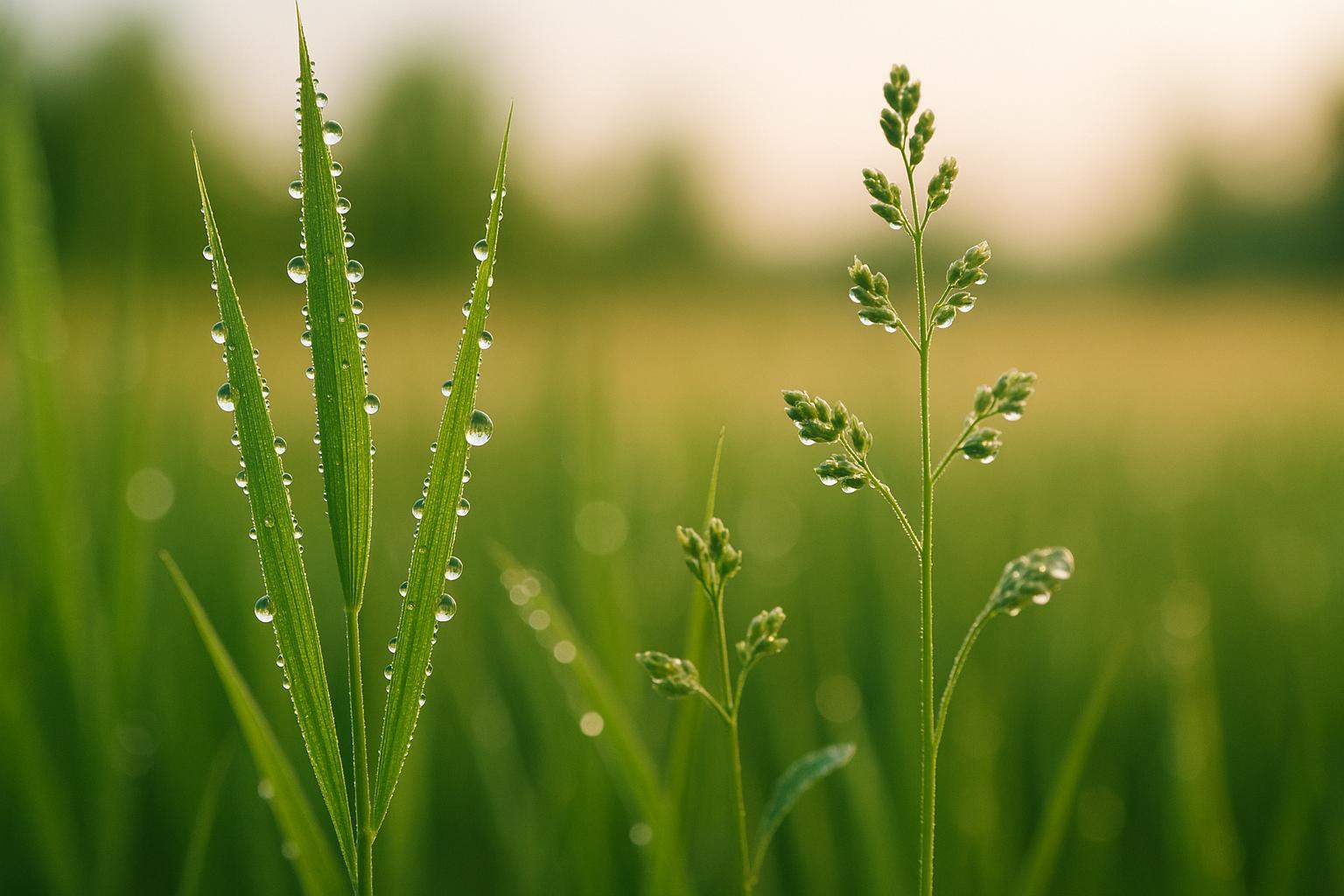
Impact of Droplet Size on Herbicide Efficacy
Understanding droplet size is crucial for optimizing herbicide effectiveness, balancing coverage, drift, and environmental impact.
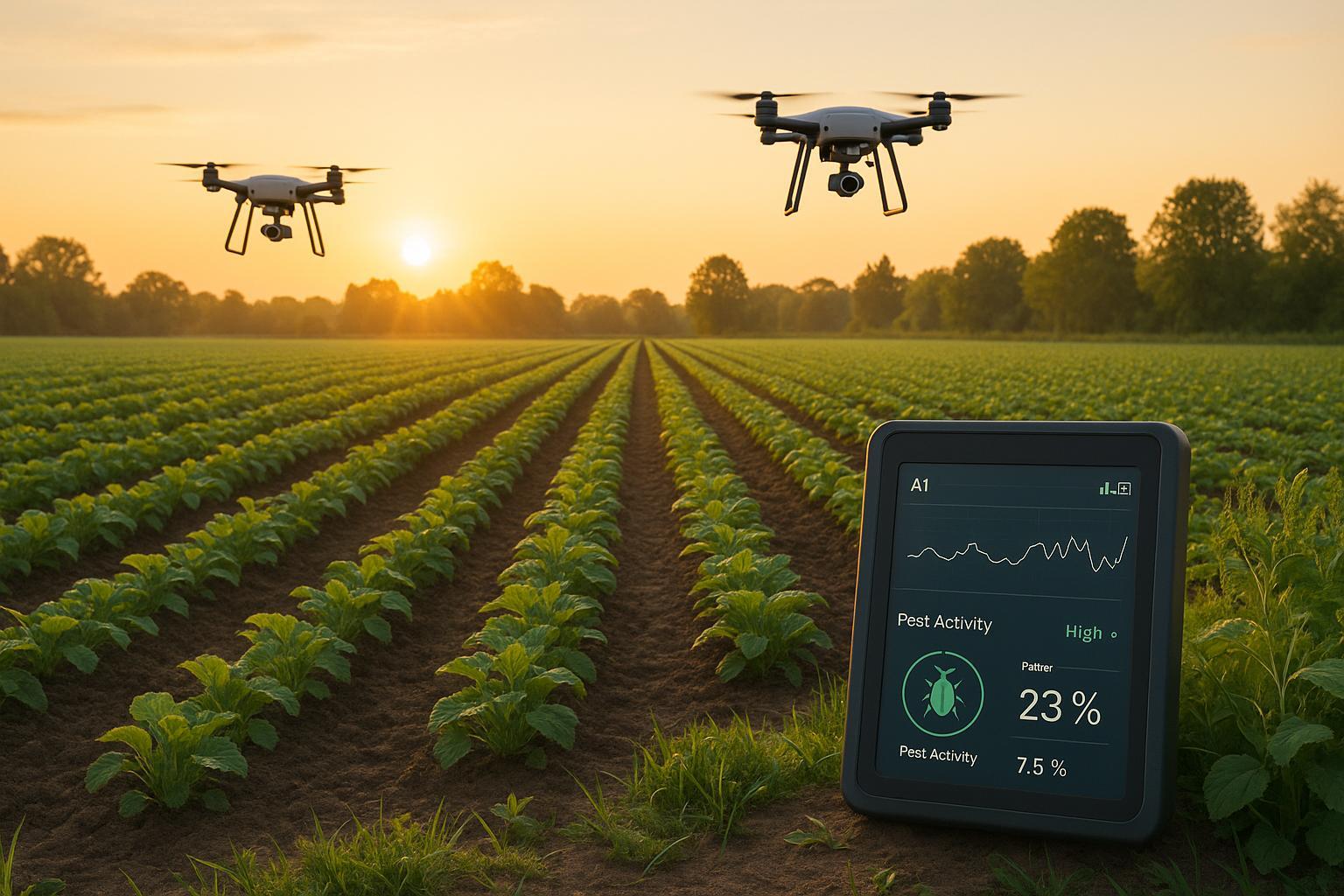
AI in Risk-Based Pest Control Systems
Explore how AI is revolutionizing pest control with predictive technologies that enhance efficiency and reduce pesticide use for farmers and gardeners.
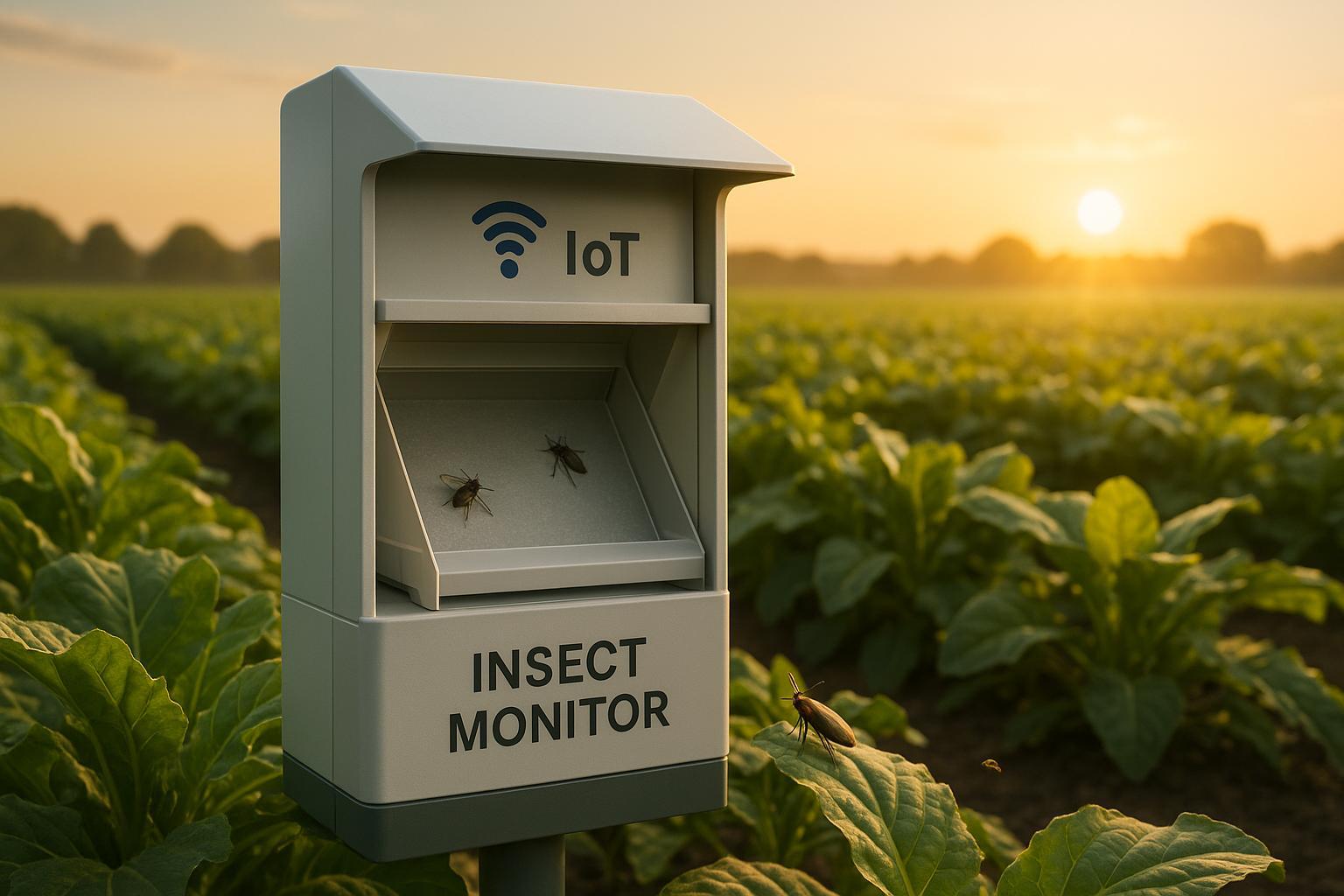
How IoT Calibration Improves Pest Monitoring Accuracy
Learn how IoT calibration enhances pest monitoring accuracy, reduces pesticide use, and ultimately leads to more effective pest management.
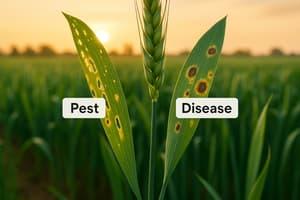
Pest vs. Disease: AI Detection Methods
Explore how AI distinguishes between pests and diseases in plants, enhancing detection methods for better garden and crop management.
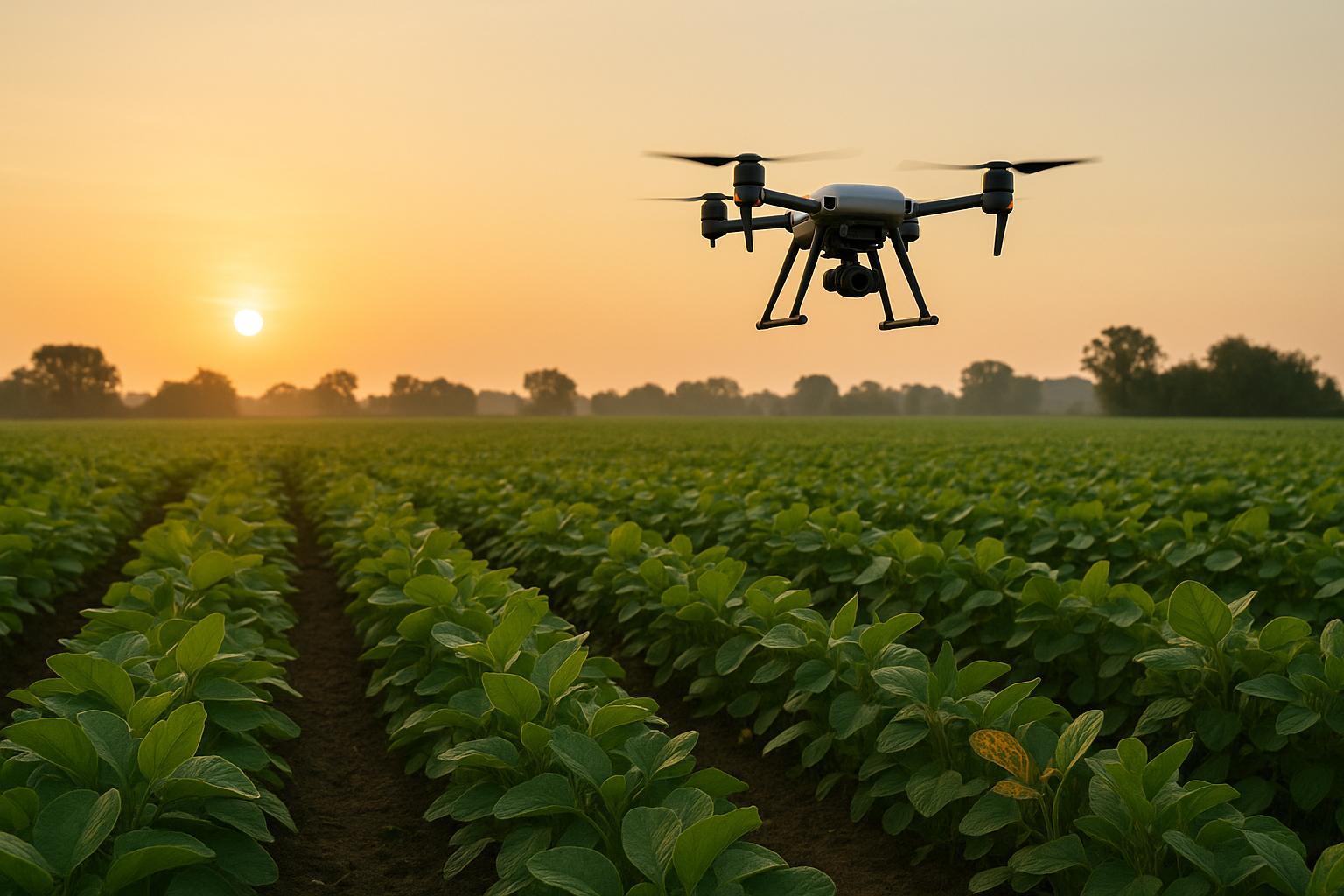
How AI Analyzes Drone Pest Data
AI-driven drones revolutionize pest management in agriculture by enabling early detection and precise treatment, enhancing crop health and sustainability.
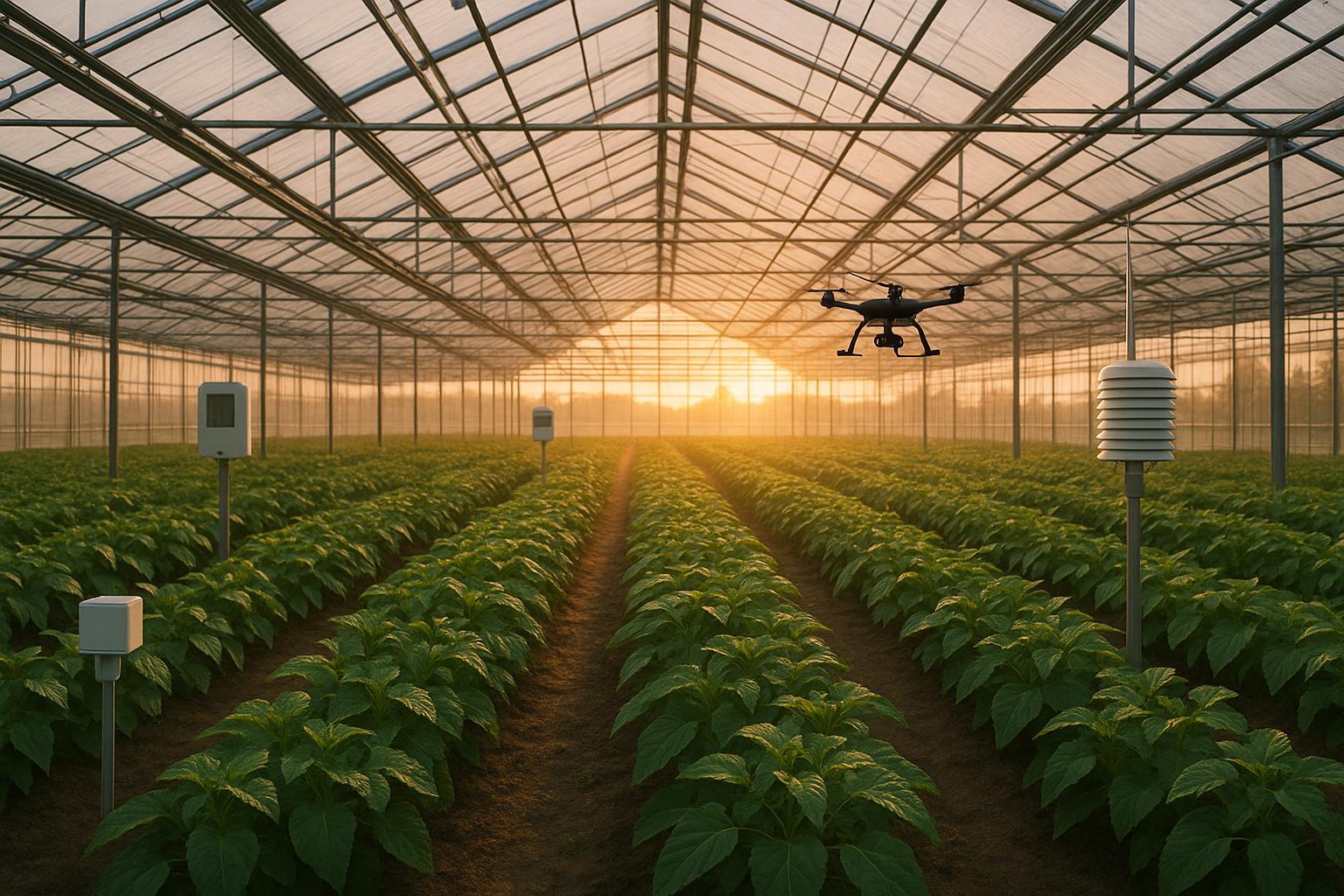
IoT in Biocontrol: Case Studies
Explore how IoT technology is revolutionizing pest management through precision, efficiency, and sustainable practices in agriculture and gardening.